ABOUT FLAT TRACK
Flat track racing has quite the history in North America, with its roots dating back over a hundred years . It is considered the oldest, longest-running and most traditional motorcycle racing series, and is commonly referred to as “dirt track” racing.
Its history is intertwined with board track racing in the early 1900’s. Originally, early motorcycles were used to pull bicycles onto 45-degree banked wooden tracks for races, but very quickly they began to replace the bicycles altogether. The motorcycles kept getting faster and more powerful, and pretty soon, the board track races had become too dangerous for both riders and spectators. As a result, race promoters started building oval tracks with earthen banks by hand, and flat track racing quickly became a hit with the North American public.
By the early 1920’s, Harley-Davidson had established its dominance on the dirt and board tracks. This era also introduced “Smokin’” Joe Petrali, who won every single National Dirt Track Championship race in 1935, and he became the first man in the history of dirt track to win all the races in a series on one motorcycle brand. He also managed to capture five consecutive national championship titles from 1932 to 1936, racing on Harley-Davidson and Excelsior motorcycles.
Flat track racing was reaching new heights in popularity, but then along came the Great Depression. Soon after that, World War II erupted, which caused companies like Harley-Davidson to shift their production efforts. It wasn’t until after World War II that the sport was able to evolve to its current modern structure. Flat track racing, as we currently know it, really started around the mid- 1950s when the AMA came in and established the organization’s first championship. For the next thirty years, flat track racing became the most popular form of racing in North America.
In 1971, the sport saw even more growth when Bruce Brown’s motorcycle racing documentary, “On Any Sunday”, brought flat track racing to millions of people on the big screen. Flat track racing exploded even more when R.J. Reynolds and Honda poured tons of money into the sport and increased its media exposure. The sport reached its ultimate height when a big TV contract with the Wide World of Sports brought races to living rooms throughout North America. Unfortunately in the mid 1980s, motorcycle road racing and motocross started to take over, and flat track racing saw a decrease in hype.
Flat track racing has been making a comeback in recent years, and this is due to a variety of reasons that make the sport unique from others. Flat track racing has an atmosphere all its own, as most events don’t occur in multi-million dollar arenas but are held more at grass-roots locales like fairgrounds and speedways. Riders also enjoy more longevity in the sport than with other disciplines. Many riders don’t even begin to peak until their thirties as they learn the racetracks, learn their bike’s setup, and work with the same mechanics for years. Also, the fact that riders compete against each other every year creates a very high level of respect among competitors. Flat track racing also differs from other races in its accessibility to the riders. Riders often hang out in the centre pits after events and fans can approach them for autographs. Flat track racing is making a comeback, and you do not want to miss out on this!
